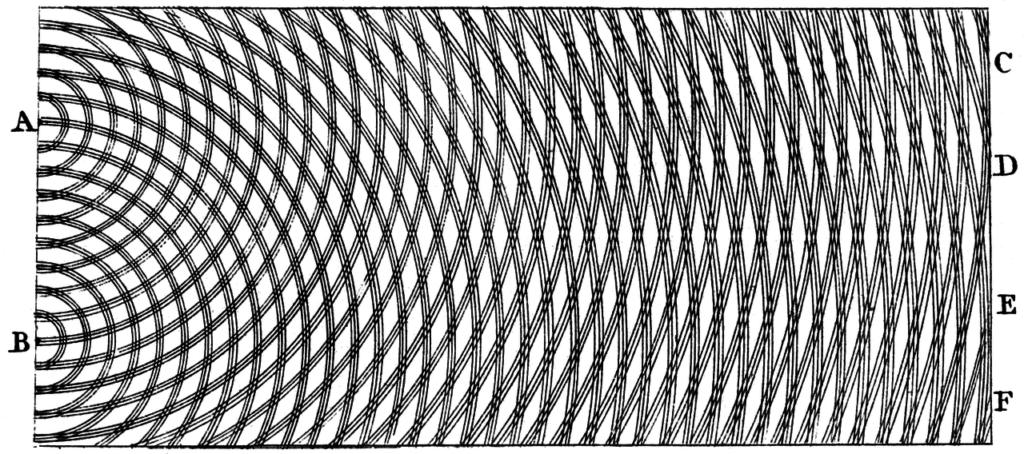
Wave-particle duality (wave-particle duality) means that all particles or quanta can be described not only in particle terms, but also in wave terms. This means that the classic concepts of “particles” and “waves” have lost the ability to completely describe physical behavior in the quantum range. The former constitutes what we often call “matter”, and the typical example of the latter is light waves. The wave-particle duality solves this problem of “pure” particles and “pure” waves. It provides a theoretical framework so that any matter can sometimes exhibit particle properties and sometimes fluctuate properties.
Einstein described this phenomenon like this: “It seems that sometimes we must use one set of theories, sometimes we must use another set of theories to describe (the behavior of these particles), and sometimes we must use both. We encountered A new kind of difficulty, which forces us to use two contradictory viewpoints to describe reality. The two viewpoints alone cannot fully explain the phenomenon of light, but they can be combined together.” Wave-particle duality is One of the basic properties of microscopic particles. In 1905, Einstein proposed the light quantum explanation of the photoelectric effect, and people began to realize that light waves have the dual properties of waves and particles at the same time. In 1924, De Broglie put forward the “material wave” hypothesis, which believed that like light, all matter has wave-particle duality. According to this hypothesis, electrons will also have wave phenomena such as interference and diffraction. This was confirmed by later electron diffraction experiments. Thomas Young did the interference pattern obtained by the double slit experiment.
